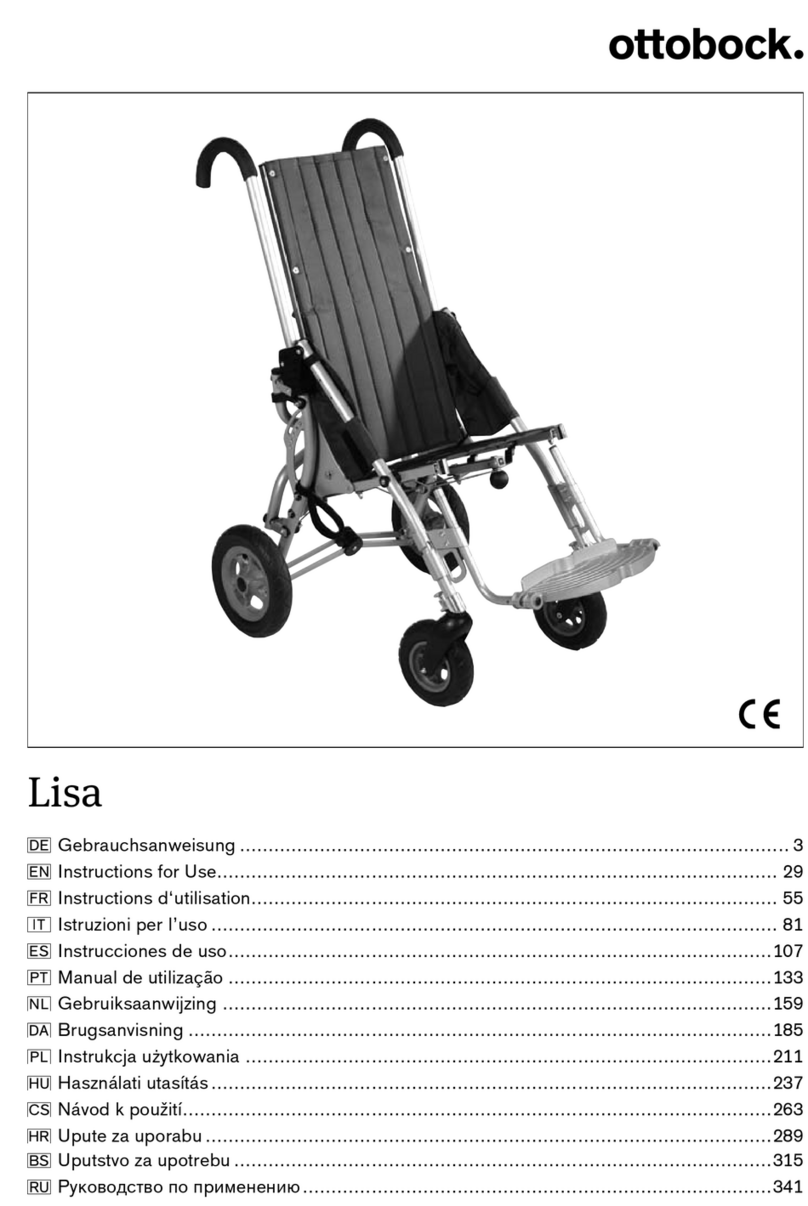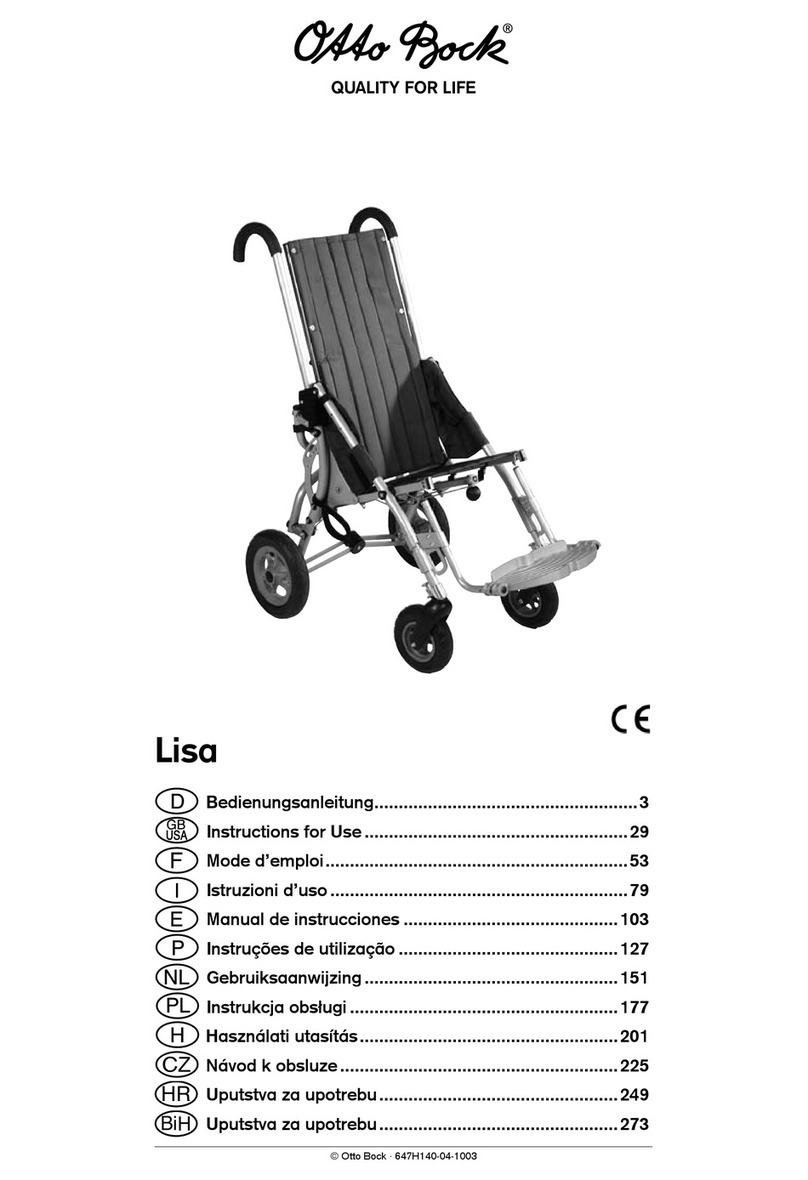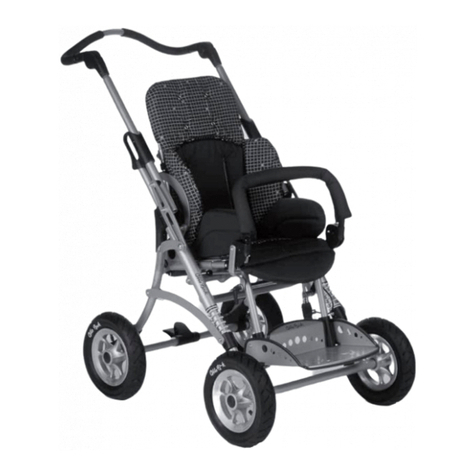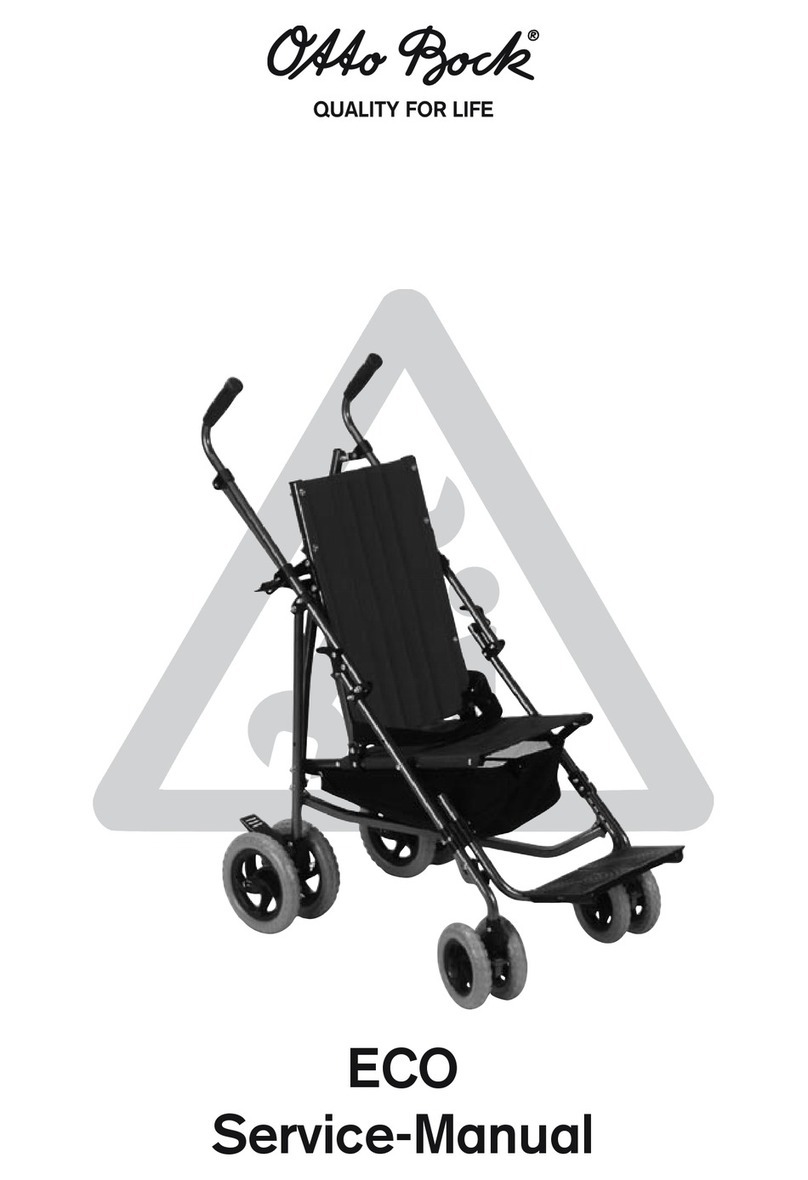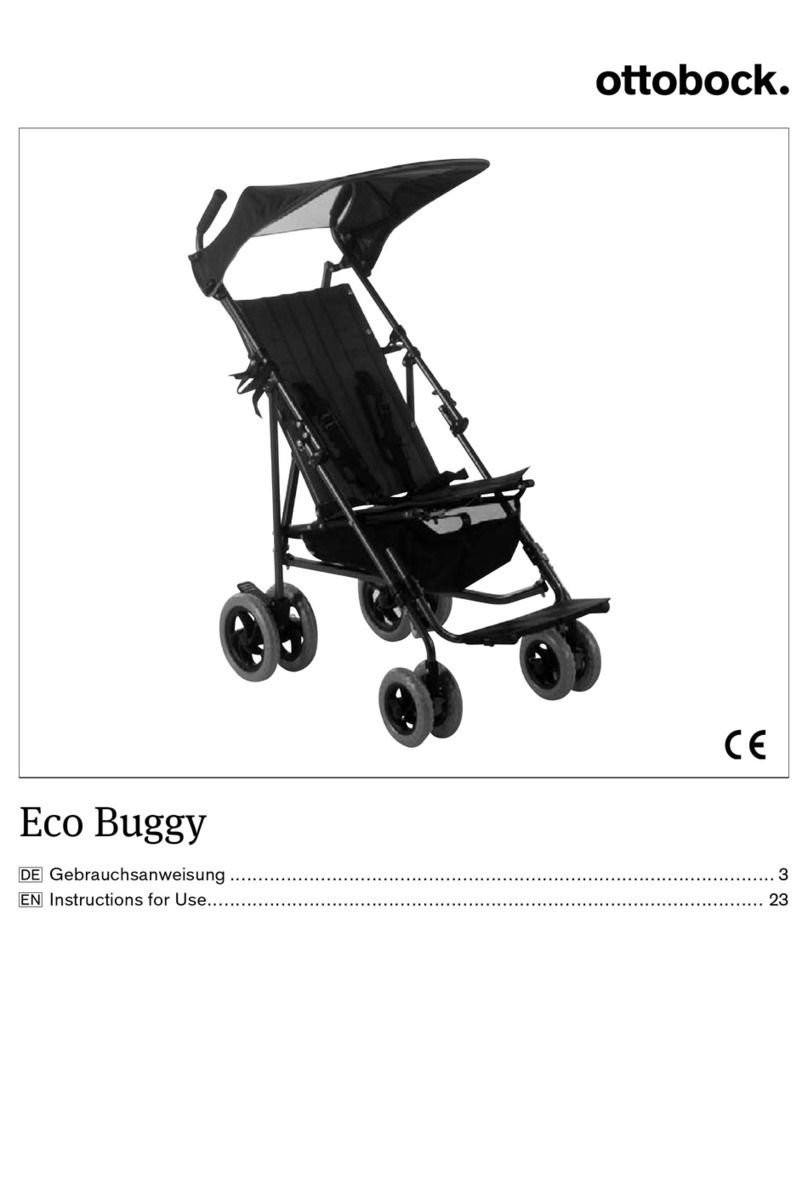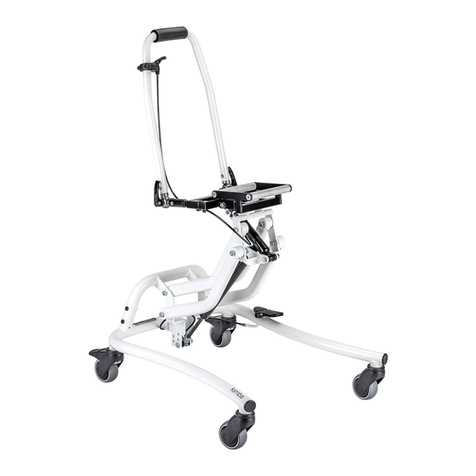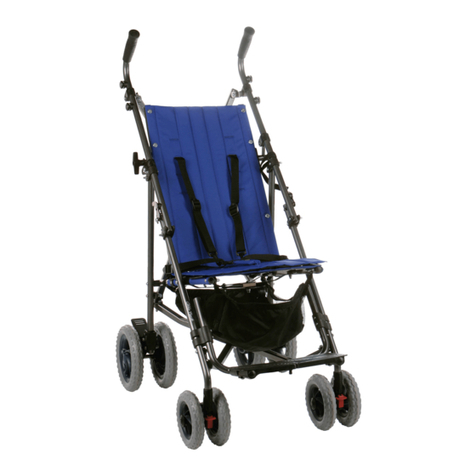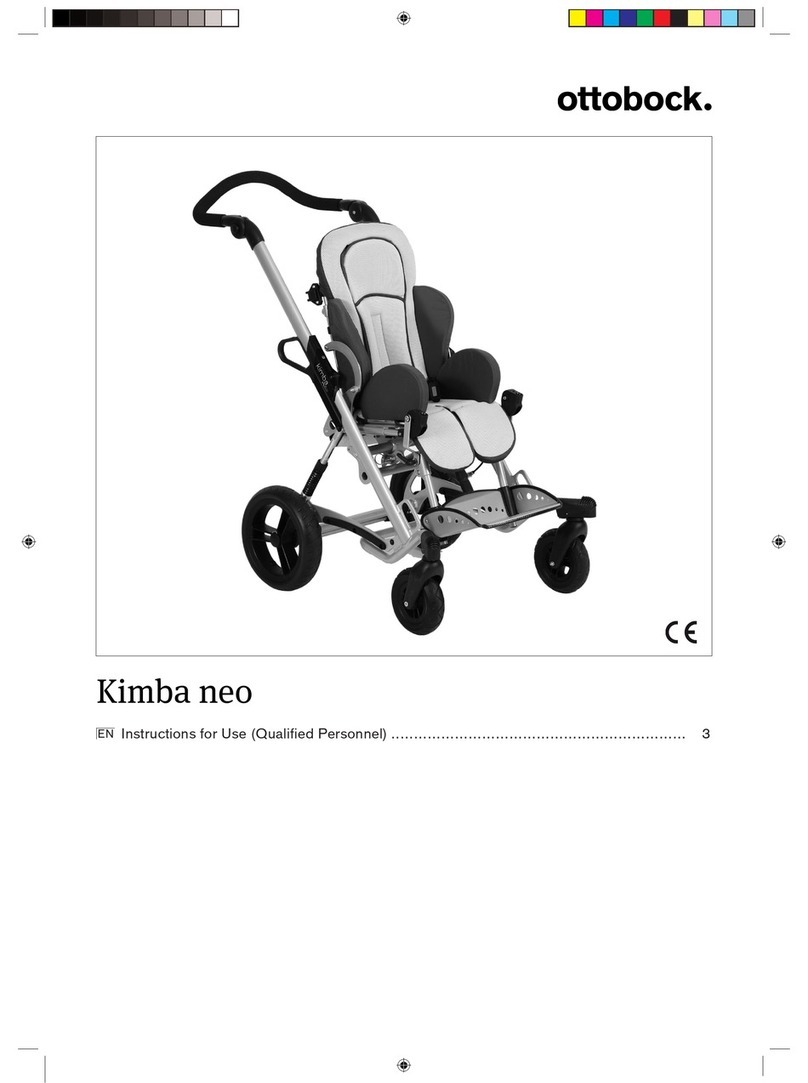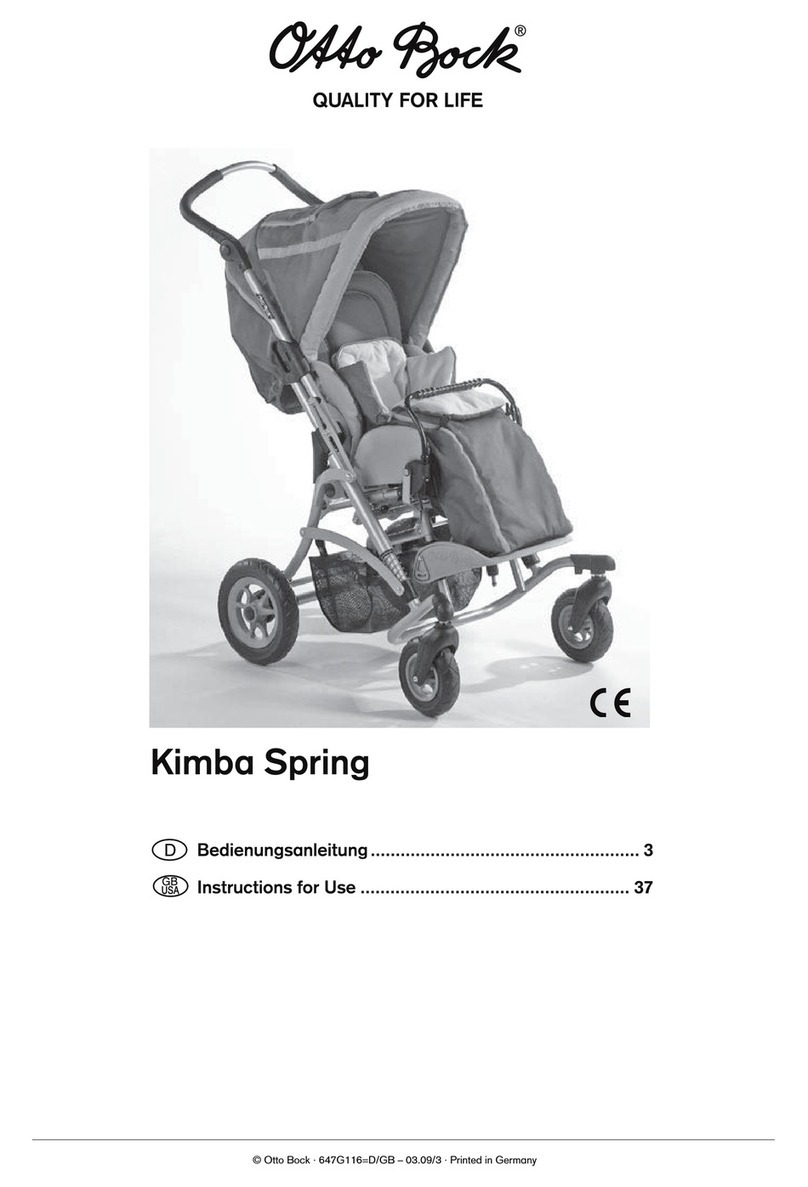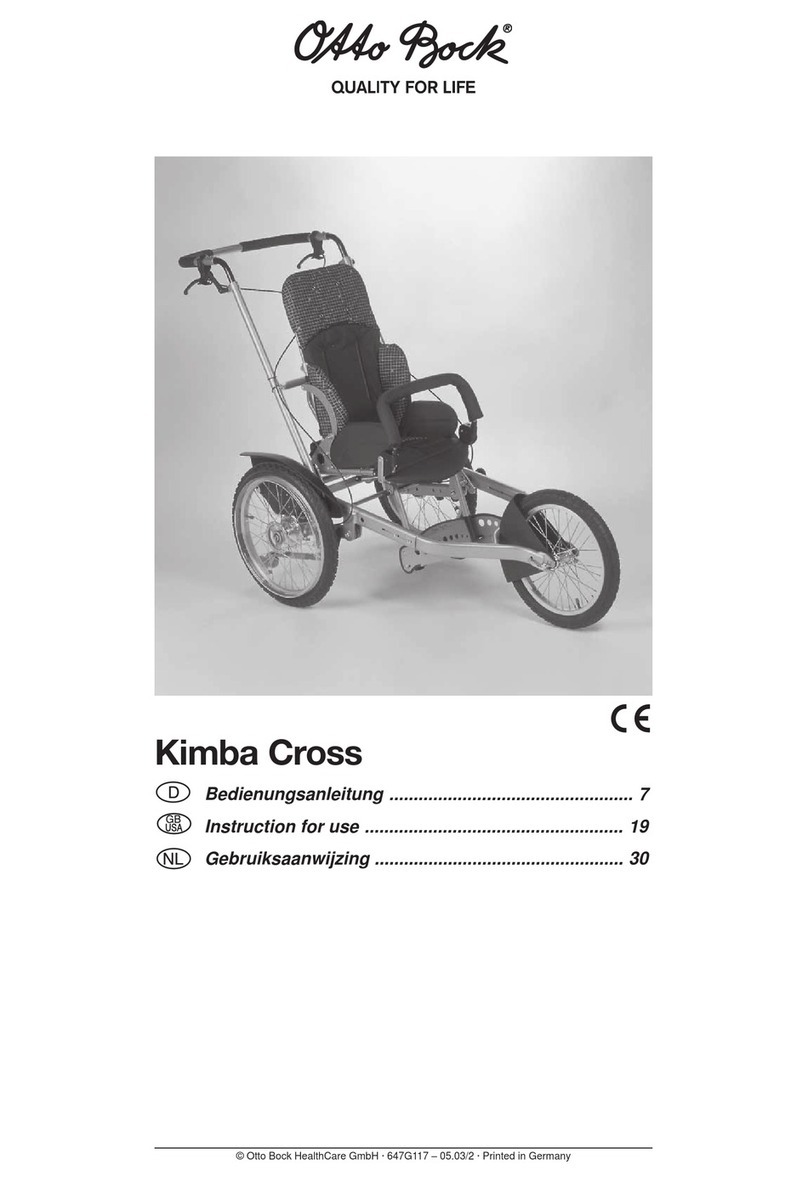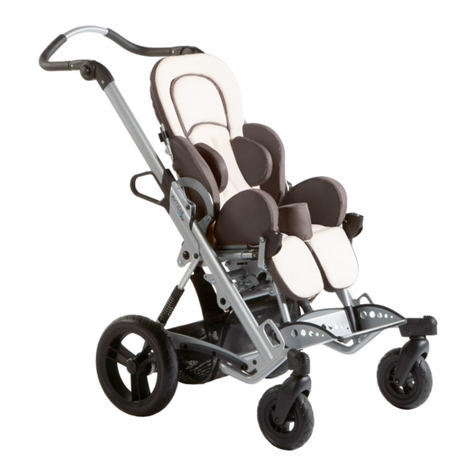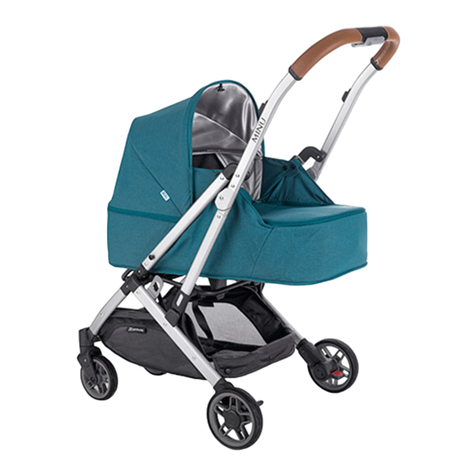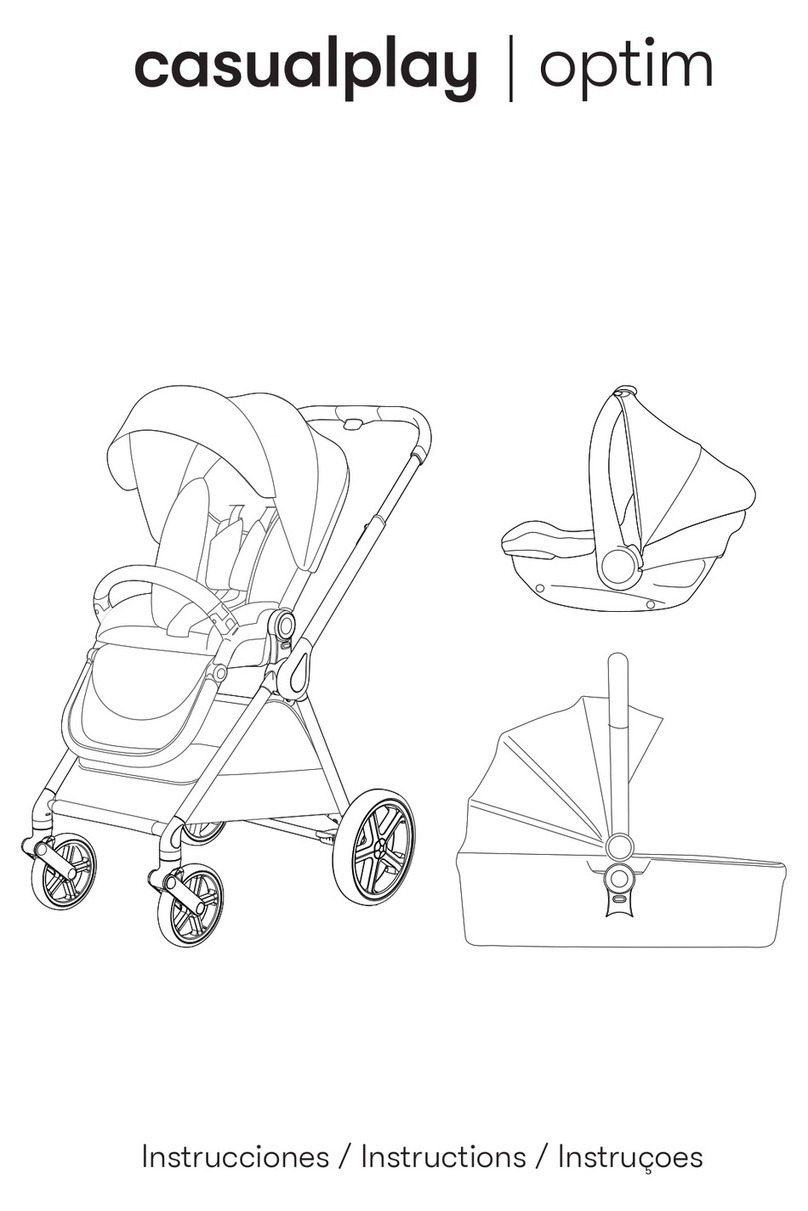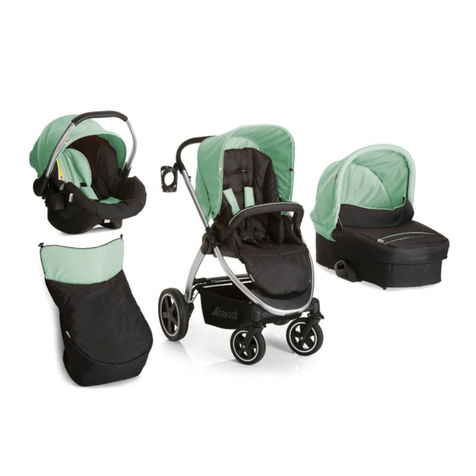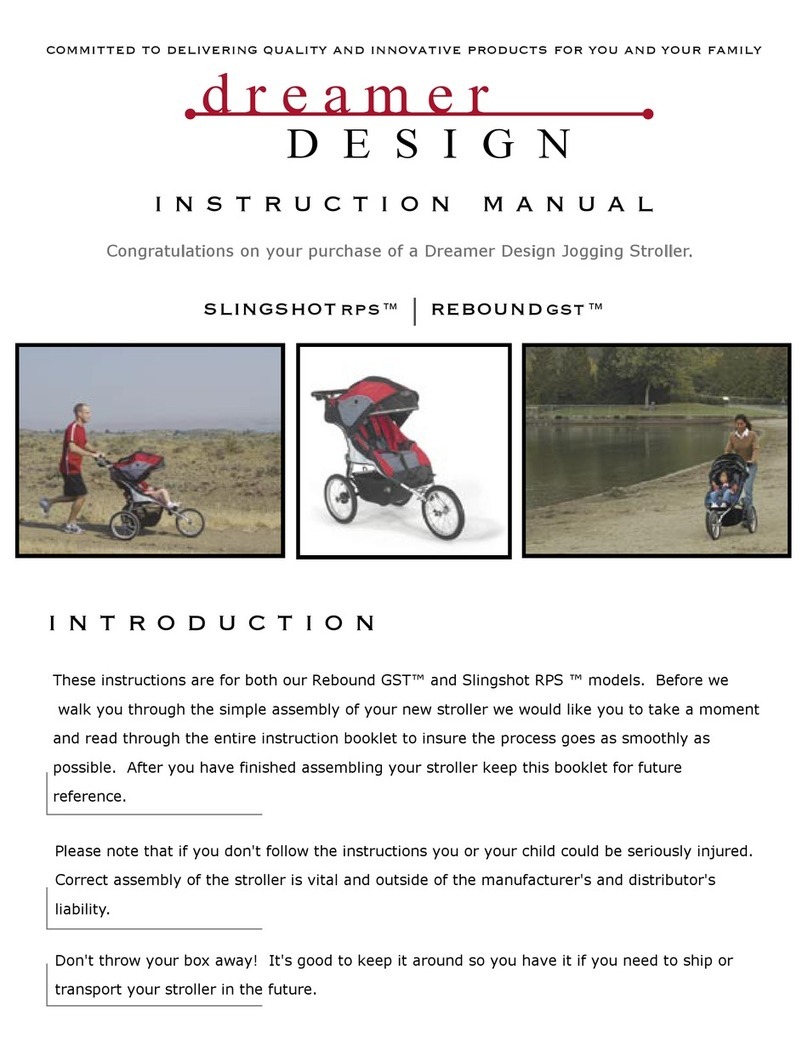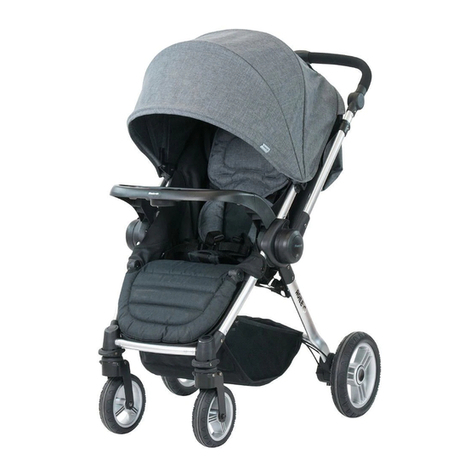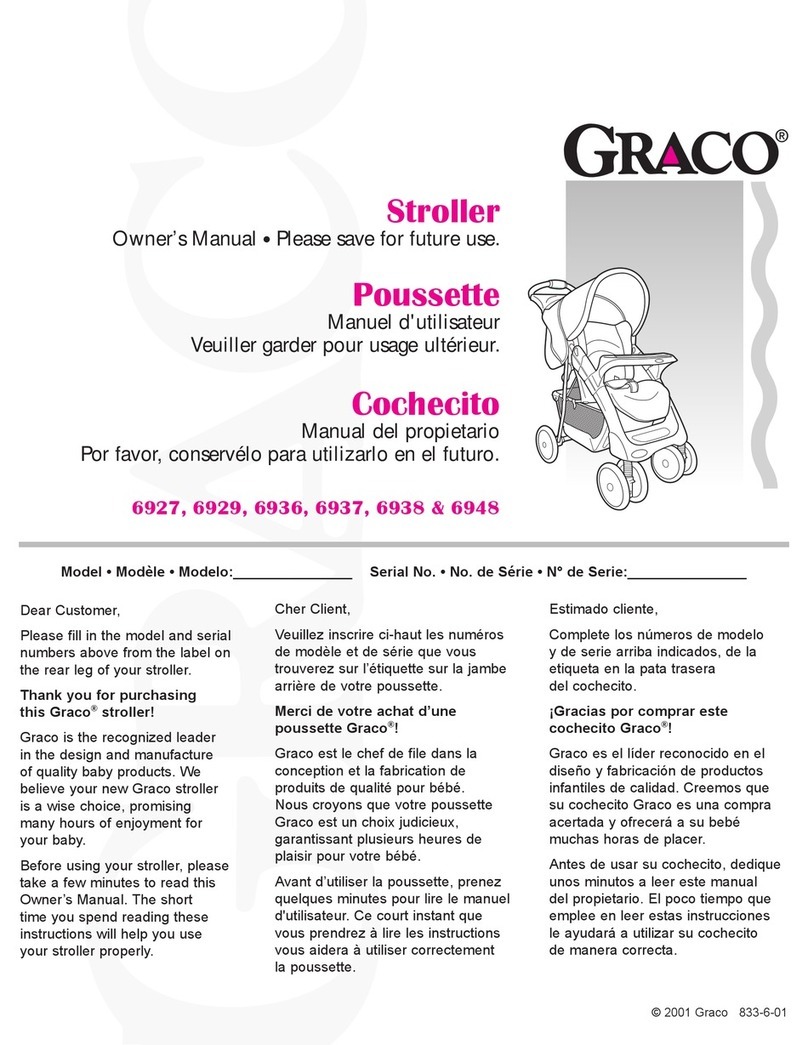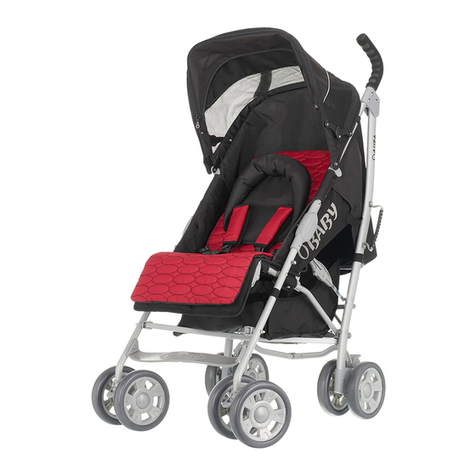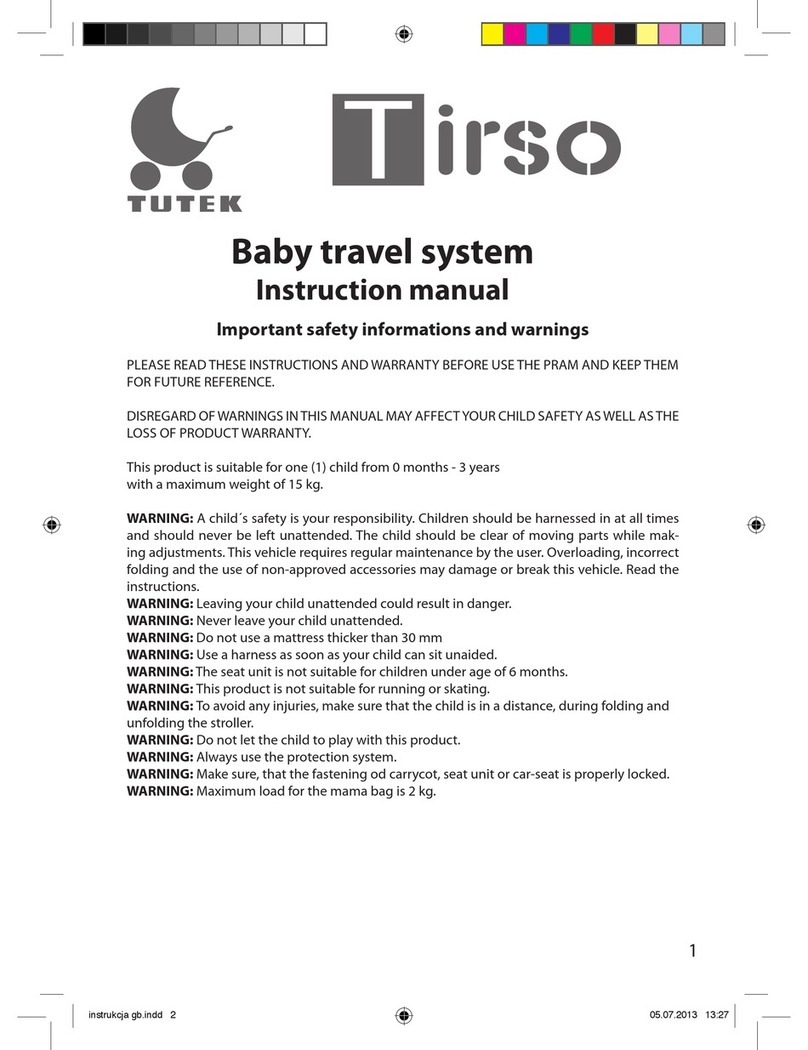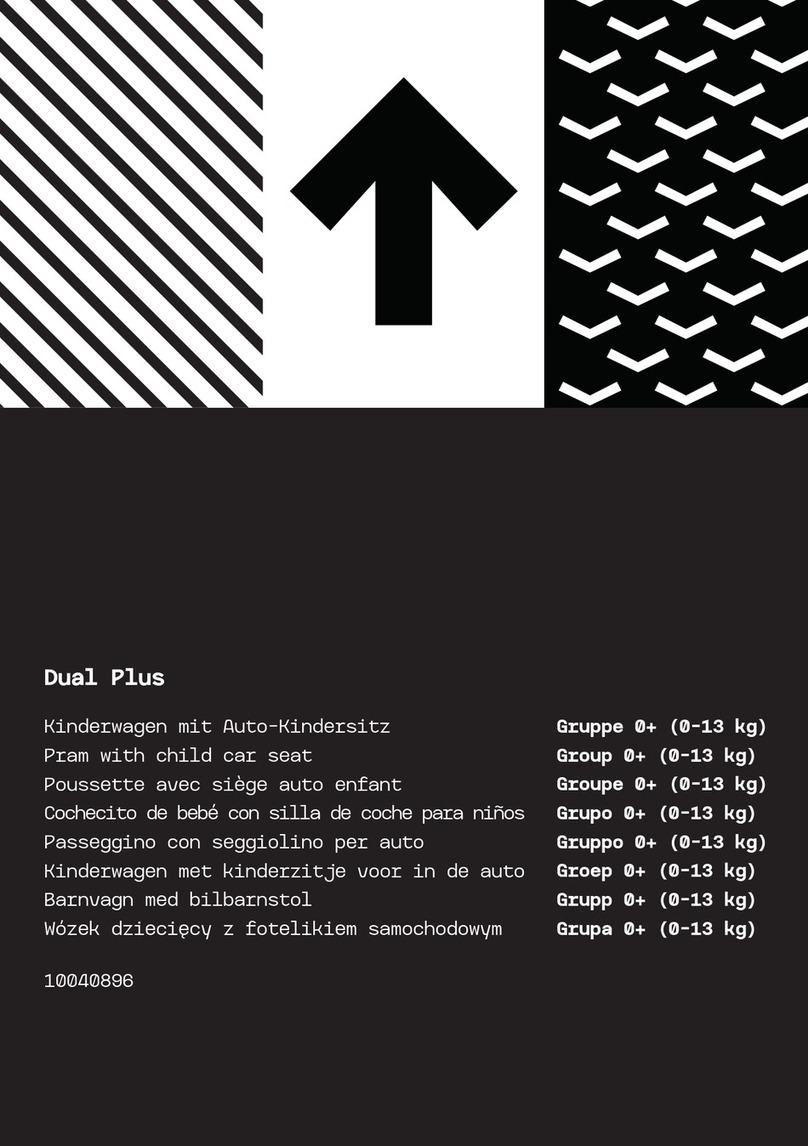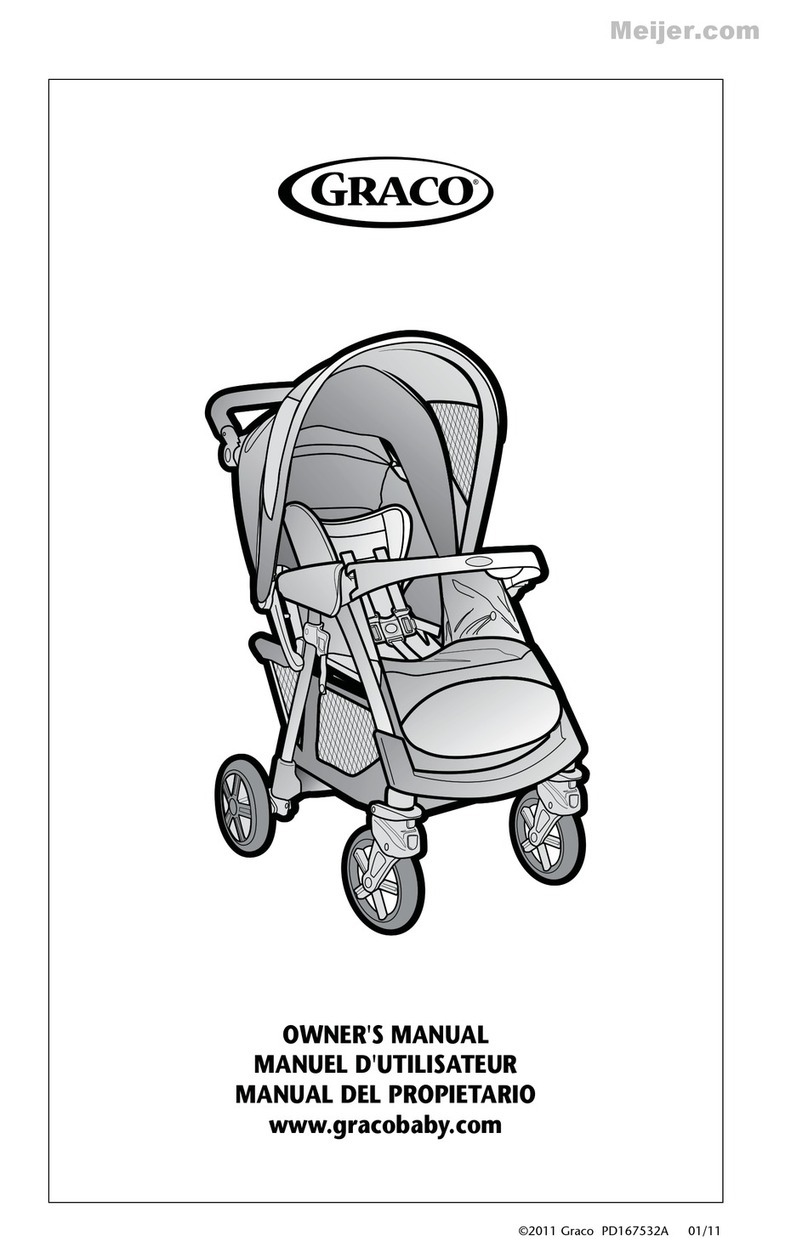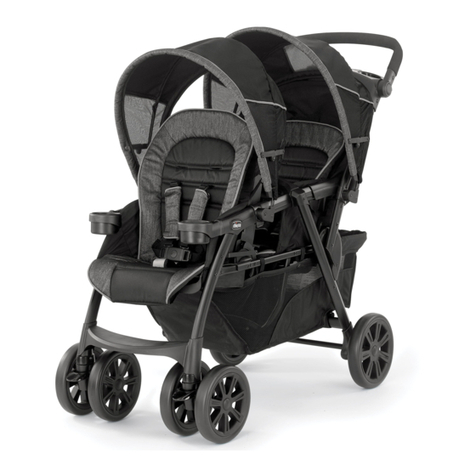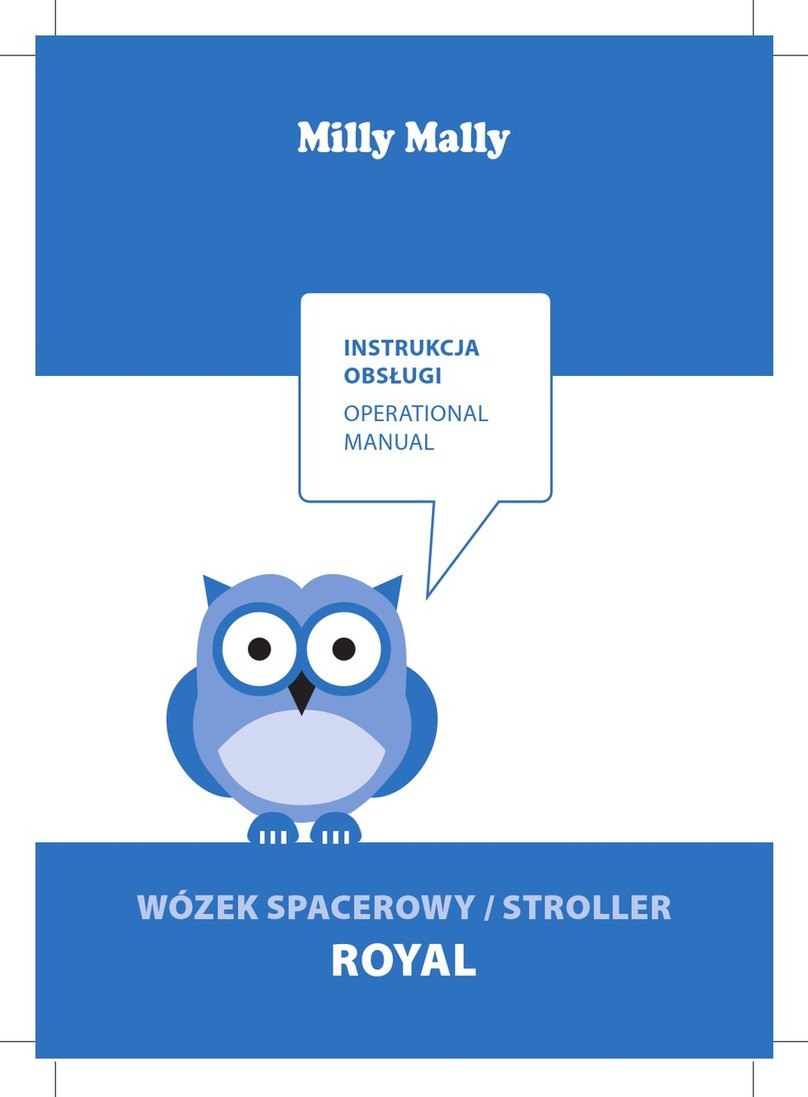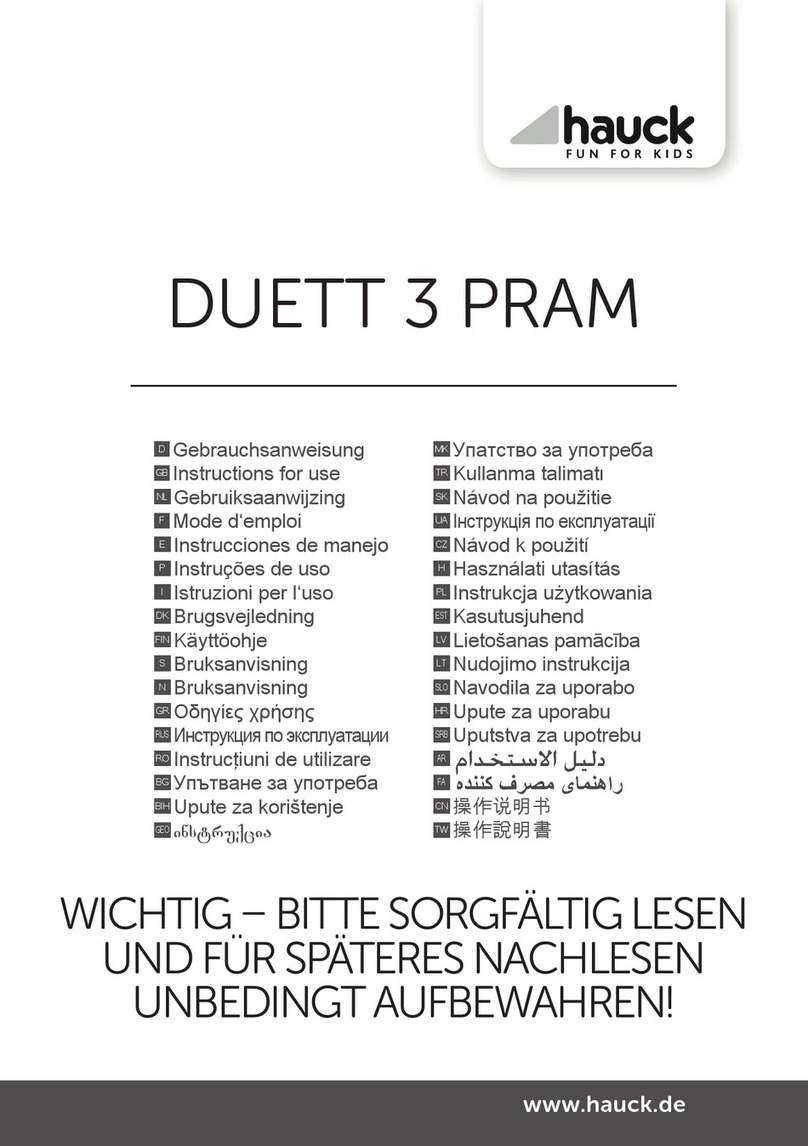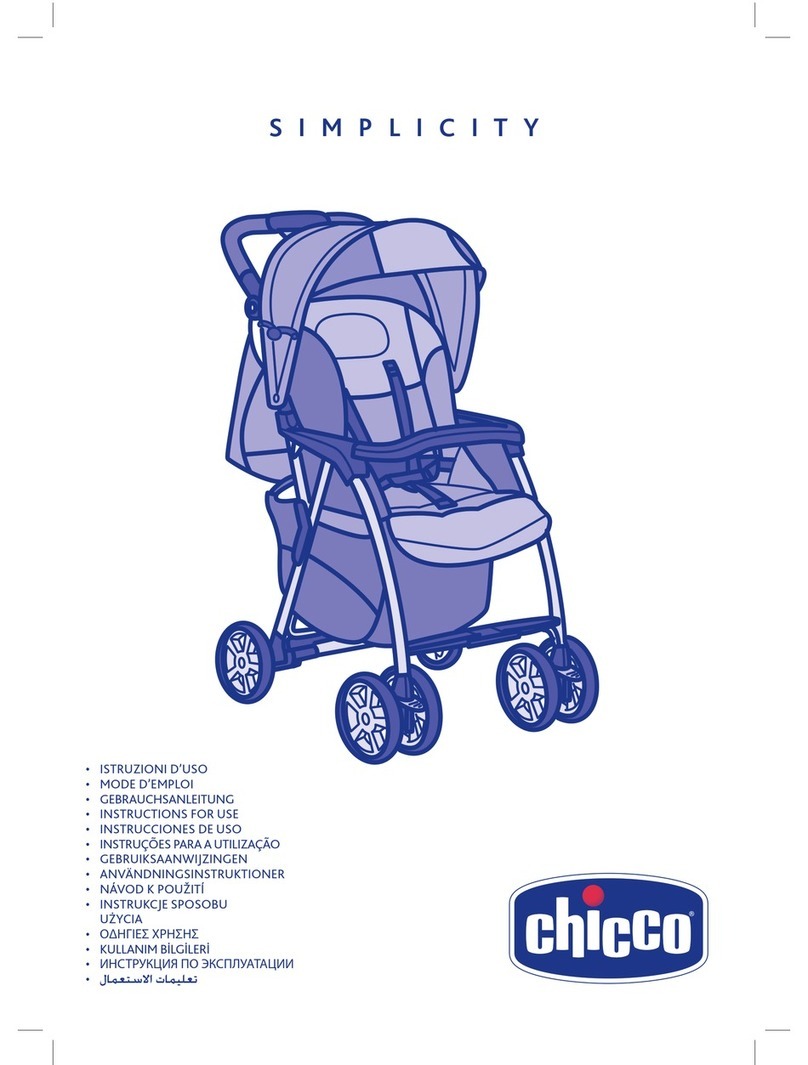
Positioning aids6.8.7 28..................................................................................................................................
Thoracic supports6.8.7.1 29...............................................................................................................................
Abductor6.8.7.2 29............................................................................................................................................
Pelvic band6.8.7.3 29........................................................................................................................................
Chest and shoulder support6.8.7.4 30.................................................................................................................
Fixation Vest6.8.7.5 30.......................................................................................................................................
Groin strap6.8.7.6 31.........................................................................................................................................
Neck Support6.8.7.7 32.....................................................................................................................................
Lumbar Padding6.8.7.8 33.................................................................................................................................
Hook-and-loop foot straps6.8.7.9 33....................................................................................................................
Tray6.8.8 34...................................................................................................................................................
Canopy6.8.9 34..............................................................................................................................................
Rain cover6.8.10 36..........................................................................................................................................
Summer/winter slip sack6.8.11 36......................................................................................................................
Frame padding6.8.12 37...................................................................................................................................
Storage basket6.8.13 37...................................................................................................................................
Buggy Board6.8.14 38......................................................................................................................................
Platform for Respirator6.8.15 39.........................................................................................................................
Cup Holder6.8.16 39........................................................................................................................................
Footrest Padding6.8.17 40................................................................................................................................
Anti-Slip Upholstery6.8.18 40.............................................................................................................................
Incontinence Cover6.8.19 40.............................................................................................................................
Disassembly/Transport6.9 42........................................................................................................................
Use in a Wheelchair Accessible Vehicle6.10 43.................................................................................................
General Safety Instructions6.10.1 43..................................................................................................................
Permitted Use6.10.2 44.....................................................................................................................................
Required Options6.10.3 44................................................................................................................................
Mygo Seating System - Specifics6.10.3.1 44..........................................................................................................
Adjusting the Seating Unit6.10.4 44....................................................................................................................
Adjusting and Securing the Seat Angle6.10.5 44..................................................................................................
Multifunctional Seating Unit6.10.5.1 44..................................................................................................................
Mygo Seating System6.10.5.2 45..........................................................................................................................
Adjusting and securing the back angle6.10.6 46..................................................................................................
Multifunctional Seating Unit6.10.6.1 46..................................................................................................................
Mygo Seating System6.10.6.2 46..........................................................................................................................
Securing the Product in the Vehicle6.10.7 46.......................................................................................................
Securing the User in the Product6.10.8 47..........................................................................................................
Care6.11 49..................................................................................................................................................
Care Instructions6.11.1 49................................................................................................................................
Detaching/Attaching the Padding (Multifunctional Seating Unit)6.11.2 49................................................................
Cleaning6.11.3 49............................................................................................................................................
Disinfection6.11.4 49........................................................................................................................................
Maintenance7 49......................................................................................................................................................
Maintenance intervals7.1 50..........................................................................................................................
Maintenance Tasks7.2 50.............................................................................................................................
Disposal8 50.............................................................................................................................................................
Disposal Information8.1 50............................................................................................................................
Legal Information9 51..............................................................................................................................................
Service life9.1 51.........................................................................................................................................
Liability9.2 51..............................................................................................................................................
CE Conformity9.3 51....................................................................................................................................
Warranty terms9.4 51...................................................................................................................................
Appendices10 51........................................................................................................................................................
Technical Data10.1 51....................................................................................................................................
4 | Ottobock Kimba neo
Table of contents
